What Is Infrared Light? Uses, Advantages & Disadvantages
-
Jeff Weishaupt
- Last updated:
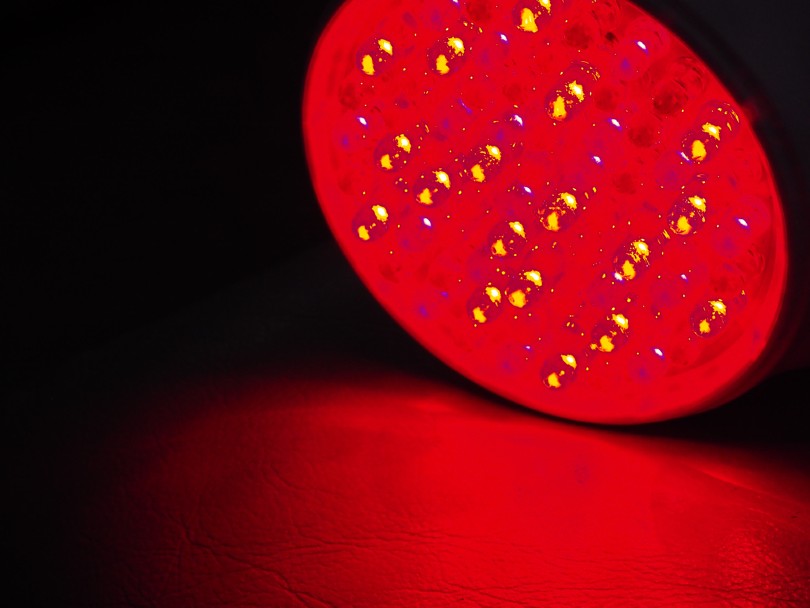
While we might think the light we see is the only light in the world, it’s far from true. The human eye only sees visible light, a tiny portion of the entire electromagnetic spectrum. However, if we could see all the different types of light, our world would look quite different.
Some types of light that are invisible to the human eye include X-ray, ultraviolet, and infrared. However, these light rays still impact us. For example, ultraviolet light is invisible to us, but it’s responsible for causing sunburns. Meanwhile, infrared radiation is an electromagnetic spectrum region with wavelengths ranging from 700 nanometers to 1 millimeter. These waves are shorter than radio waves but longer than visible light waves.
Let’s learn more about infrared rays and their applications in the modern world.
A Quick Reference Guide to Infrared Light
| Spectral Region | Type | Wavelength Range (microns) | Temperature Range (Kelvins) |
| Near-infrared | A | 0.7–5.0 | 740–5,200 |
| Mid-infrared | B | 5–40 | 92.5–740 |
| Far-infrared | C | 25–350 | 10.6–140 |
What Are Infrared Waves?
Infrared light or infrared waves refer to electromagnetic radiation with a wavelength longer than visible light but shorter than microwaves. The name “infrared” comes from the Latin word for “below red,” with red being the color of visible light with the longest wavelength.
Infrared waves are invisible to the human eye but can be felt as heat. That’s why we often refer to infrared waves as “heat waves.” Just like visible light, infrared waves travel through the vacuum of space at the speed of light.
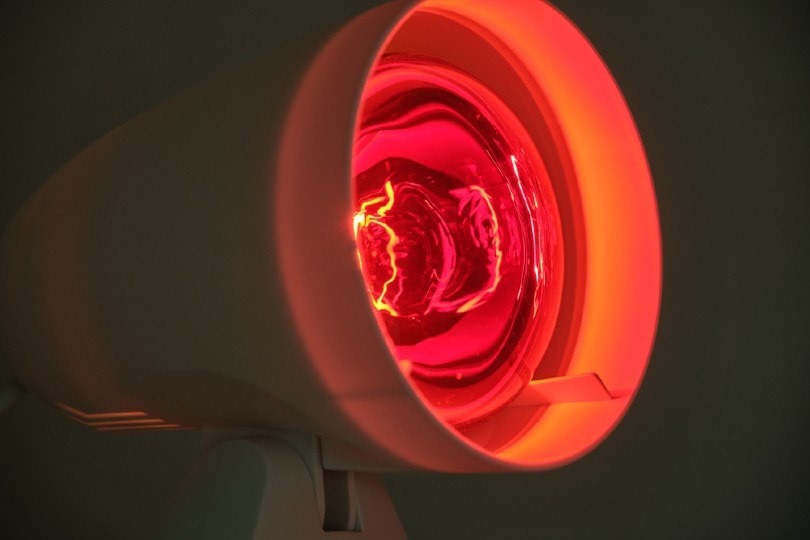
Who Discovered Infrared Waves?
William Hershel experimented with measuring the difference in temperature between the colors of the visible spectrum. He placed a thermometer in each color and measured the highest temperature in red light.
Herschel discovered that there was more heat beyond red light in what we now call the infrared region of the spectrum.
How Are Infrared Waves Produced?
All objects in the universe, including you, emit infrared radiation. Anything that has a temperature above absolute zero emits some infrared waves.
The hotter an object, the more infrared waves it emits. The Sun is scorching, so it emits many infrared waves. On a cold winter day, you can feel the infrared waves emitted by the Sun.
Types of Infrared Light
There are three types of infrared light, depending on their spectral regions. They differ from each other in terms of wavelength and frequency.
Near-Infrared
The wavelengths of near-infrared light range from 0.7 microns to 5 microns. They are also called Infrared-A. We can use this radiation to see cool red stars and red giants in space.
Mid-Infrared
Mid-infrared light has wavelengths between 5 microns and 40 microns. They are also called Infrared-B.
Astronomers use these rays to see planets, asteroids, and comets.
Far-Infrared
Far-infrared or Infrared-C wavelengths range from 40 microns to 350 microns. We can use them to see the central regions of galaxies and emissions from cold dust.
Where Is It Used?
Infrared radiation has multiple uses in different industries. It can be used for health-related purposes, such as detecting irregularities in the human body and providing warmth during physical therapy.
Additionally, it is commonly used in manufacturing and quality control to inspect products for defects. It is also utilized in security and surveillance systems and thermal imaging cameras. Here are different applications of infrared light.
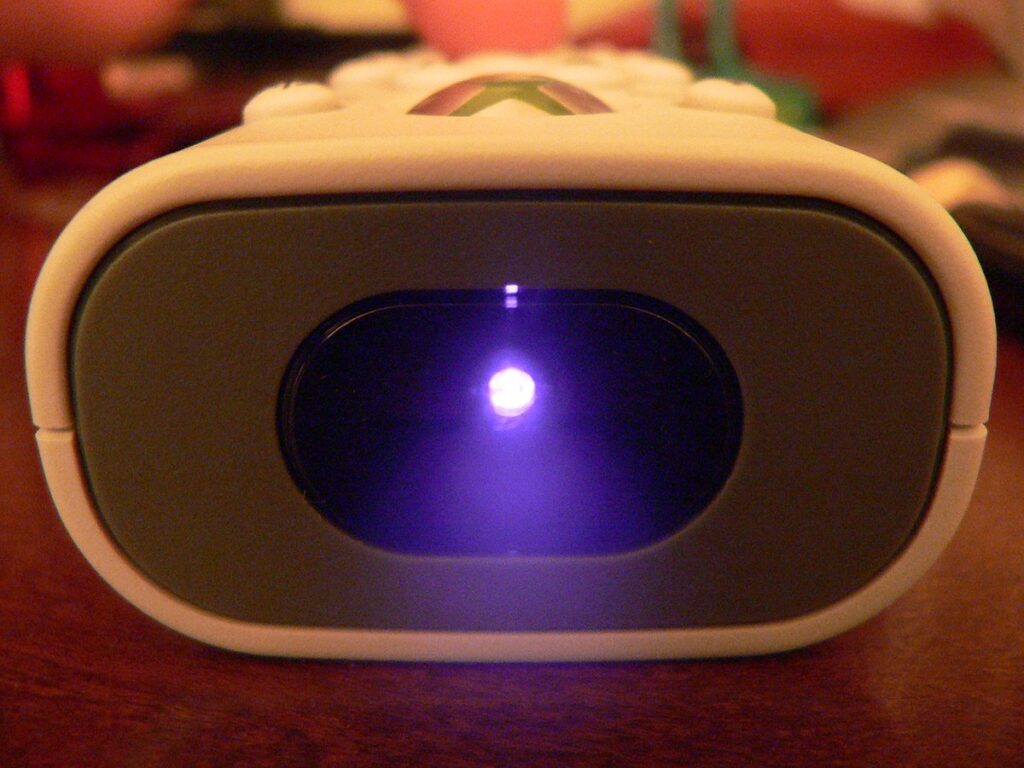
Household Uses
It might come as a surprise to you, but infrared radiation is used in many different ways in your household. For example, have you ever used a remote control? If so, you have utilized infrared light.
The little black box you hold in your hand to change the channel on your TV or DVD player uses infrared light to communicate with the device. The TV remote shoots out infrared pulses from an LED to control a television. There’s a receiver on the TV that can detect the light.
Infrared remote controls are also used for other consumer electronics, such as sound systems, air conditioners, and projectors. Another use of infrared light in households is the infrared sauna. An infrared sauna uses infrared heaters to emit infrared light penetrating the body, providing a deep and detoxifying sweat.
Infrared Sensing
Possibly the most useful application of infrared radiation is in sensing. Infrared sensors are used in various settings, such as security systems, manufacturing quality control, and environmental monitoring.
Thermal imaging cameras use infrared light to sense the heat emanating from an object and create an image based on that data. The technology is commonly used in law enforcement and the military for surveillance purposes.
The University of California, Berkeley, specifies that an important use of infrared light is the bolometer. It is a sensor used to measure the intensity of electromagnetic radiation by detecting the change in resistance of a material caused by energy absorption.
The bolometer is also helpful for astronomical observations to see faint infrared light sources. Likewise, night vision cameras also use bolometers. These cameras have CCD (charge-coupled device) imaging chips. Since these chips are IR-sensitive, they can create images in low-light conditions.
Thermal Imaging
Since we can detect infrared energy as heat, this radiation is often used in thermal imaging. The technology creates images based on heat signatures, allowing us to see things that would otherwise be invisible to the naked eye.
One example of this is night vision. Many animals can see in the dark using thermal imaging, and we’ve harnessed this technology to create devices that allow us to do the same.
The military, law enforcement, and others use night-vision goggles and thermal imaging cameras to see in low-light or no-light situations. Thermal imaging is also used in the medical field. For example, doctors can use it to create images of the human body, which can help them detect issues such as cancerous tumors.
Manufacturing and Quality Control
Infrared radiation can inspect products for defects because the energy can penetrate many materials, including plastics, glass, and ceramics. By looking at the infrared image of a product, manufacturers can quickly identify areas that need fixing. For example, imagine you’re trying to find a minor defect in a glass bottle. It would be nearly impossible to see the issue with the naked eye, but an infrared camera can easily detect it.
Such quality control is helpful in the automotive industry. Safety is the top priority in cars, so manufacturers use infrared cameras to inspect vehicles for defects before selling them.
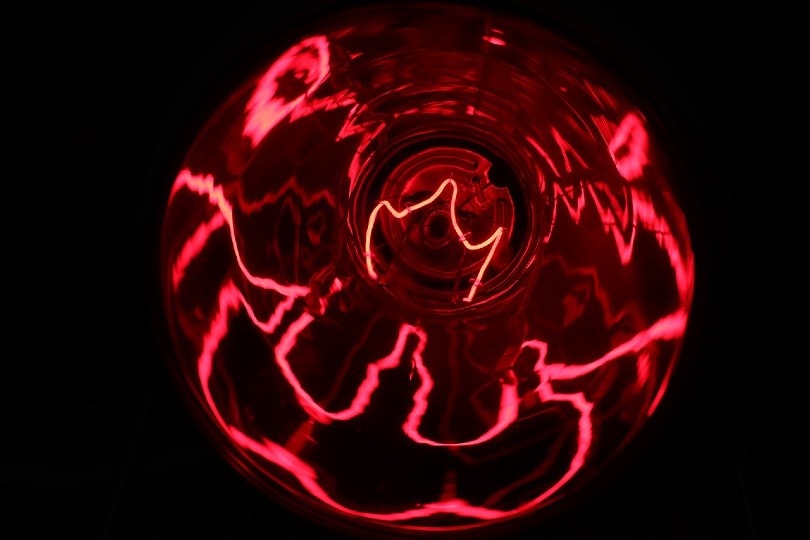
Infrared Communication
Infrared data transmission is a technology that transmits information between two electronic devices using light. It is commonly used in remote controls, short-range wireless data links, and infrared imaging.
Infrared communication can be used to transfer both digital and analog data. An infrared signal is transmitted using a light-emitting diode (LED) that produces light in the infrared spectrum. The light encodes the data by turning the LED on and off at different speeds. The receiver decodes the data by measuring the time between the changes in light intensity.
Infrared communication is line-of-sight, meaning that the transmitter and receiver must be in direct line-of-sight. Therefore, infrared signals cannot pass through walls or other obstacles.
- Wireless keyboards and mice
- Short-range data links between computers and peripherals
- Infrared imaging cameras
- Industrial automation
- Building security and surveillance
- Vehicle safety systems
Infrared Photography
T-ray imaging is a type of photography that uses infrared light instead of visible light to take pictures. Since there’s no bright light source, such photography is complex and requires special equipment.
However, the development of terahertz time-domain spectroscopy and similar technology has made it possible to take clear pictures using infrared light. Such photography is often used in security applications, as it can see through clothing and other obstructions.
Infrared Astronomy
According to Caltech, infrared astronomy is the study and detection of heat energy emitted by objects in space that are too cold to emit visible light. Scientists use astronomy to study planets, comets, asteroids, and galaxies.
IR astronomy helps astronomers study cold gas molecules in space. They can also explore interstellar mediums since infrared helps detect cold chemicals.
Another benefit of using infrared radiation is that it does not scatter like visible light. Instead, dust and gas particles in the galaxy can absorb visible light. However, since IR rays are longer, they go around these obstructions. As a result, they allow astronomers to study objects and space particles whose light dust and gas obstruct.
Infrared Therapy
One of infrared light’s most notable health benefits is its ability to penetrate the skin and provide warmth. Therefore, it can increase blood flow and help to reduce pain and inflammation.
- Arthritis
- Muscle pain
- Joint pain
- Circulation issues
- Digestive problems
IR therapy can also help alleviate chronic pain in many health conditions, such as fibromyalgia, carpal tunnel syndrome, and degenerative disc disease. In sports medicine, infrared therapy can treat injuries, improve circulation, and reduce inflammation.
Dentists also use infrared light to treat gum disease. The heat from the light helps remove bacteria and ease inflammation. Rheumatologists and doctors who treat joint conditions often use infrared therapy to reduce pain and inflammation in patients with arthritis.
Dermatologists may also use light therapy to treat skin lesions, dermatitis, ulcers, edema, and burns.
Advantages of Infrared Radiation
Nowadays, we use infrared in various applications, including photography, heating, night vision, and even medical diagnosis. Here are some advantages of using this invisible light for such important purposes.

Penetrative Capability
A primary advantage of infrared radiation is that it can penetrate through fog, smoke, and other atmospheric conditions that would otherwise obstruct visible light. Its penetrative power makes it an ideal tool for imaging and surveillance in difficult weather conditions.
For example, the light’s penetration helps make it useful in astronomy, where astronomers use it to study distant objects in space that would be otherwise obscured by the Earth’s atmosphere.
Heat-Generating Ability
Infrared radiation can generate heat. That makes them useful in various medical applications such as physical therapy and the treatment of injuries.
The heat-generating ability is also used in industrial applications such as soldering and welding.
Night Vision
A common use of infrared radiation is in night vision devices. These devices capture images in low-light conditions and convert them into a visible format, allowing us to see in the dark. Night vision devices are used extensively by the military, but they also have a wide range of civilian applications.
Non-Invasive
Part of the reason infrared radiation is so helpful in medical applications is that it is non-invasive. That means it can image the human body without causing any damage. For example, infrared radiation is used in thermal imaging to detect injuries and abnormalities. It can also be used in medical diagnosis, where it creates images of the inside of the body.
Since it’s non-invasive, these applications do not cut or penetrate the skin, making them much safer than other medical imaging techniques.
Painless
Besides being non-invasive, infrared radiation is also painless. That makes it ideal for use on infants and small children, who cannot tolerate more invasive procedures. Many medical procedures that use infrared radiation are now being performed on an outpatient basis since there is no need for anesthesia or other pain-relieving drugs.
Disadvantages of Infrared Radiation
Although infrared radiation has many uses, there are also some potential disadvantages.
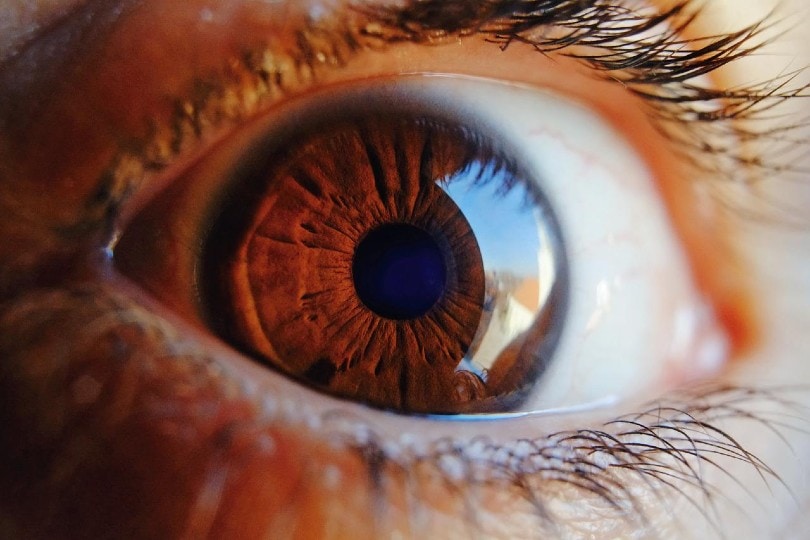
Damages the Eyes
One potential disadvantage is that infrared radiation can be harmful to the eyes. Prolonged exposure to infrared radiation can damage the cornea and the retina, leading to vision problems or even blindness.
For example, IR exposure can cause scotoma, which results in blind spots in the field of vision. In addition, even low IR exposures can potentially harm the eyes, causing swelling, redness, and pain.
Skin Injuries
If your skin is exposed to an IR wavelength of greater than 1,400 nanometers, it will immediately begin to heat up. This can cause burns, blisters, and other injuries to the skin. The infrared-A rays also induce the release of free radicals in the skin, which can cause long-term damage and premature aging.
Signal Interference
Objects, such as people and walls, can absorb and reflect infrared radiation, which can interfere with the signal of an IR system. For example, if you’re using an IR remote control to change the channel on your TV, and someone walks in front of the TV, the signal from the remote control will be interrupted and the TV will not respond to the signal from the remote.
Weather changes can also interrupt IR reception. For example, rain and dust may absorb or reflect the IR signal, preventing it from reaching the receiver.
Environmental Impact
The increased use of infrared systems, such as IR dryers can harm the environment. For example, the increased use of IR dryers in the textile industry can lead to increased emissions of greenhouse gasses, such as carbon dioxide and methane.
Frequently Asked Questions
Is Infrared Light Harmful?
Prolonged exposure to infrared light can cause damage to the eyes, but this is typically only a concern for workers in specific industrial fields.
What Are the Different Types of Infrared Light?
There are three main types of infrared light: A, B, and C. They differ in terms of wavelength and temperature.
What Are Some Examples of Infrared Light?
Some examples of infrared light include remote controls, optical fibers, thermal imaging cameras, electric heaters, and night-vision goggles.
Conclusion
Infrared light lies in the invisible light spectrum between red light and microwave radiation. It is used extensively in various applications in our daily lives, including remote controls, night vision, medical diagnosis, and thermal imaging.
There are three main types of infrared light: near-infrared, mid-infrared, and far-infrared. Each type has different applications and uses. Although infrared light does not cause harm when used in a controlled environment, it can lead to skin and eye problems if prolonged exposure persists.
- https://www.livescience.com
- http://www.icc.dur.ac.uk
- https://www.herschel-infrared.co.uk
- https://www.news-medical.net
- https://www.redsun.bg
- https://www.ncbi.nlm.nih.gov
- https://homesteady.com
- https://ehs.lbl.gov/resource
- https://www.ncbi.nlm.nih.gov
- https://www.ncbi.nlm.nih.gov
- https://science.nasa.gov
- https://www.news-medical.net/
Featured Image Credit: Pamela Carpenter, Shutterstock
Contents
